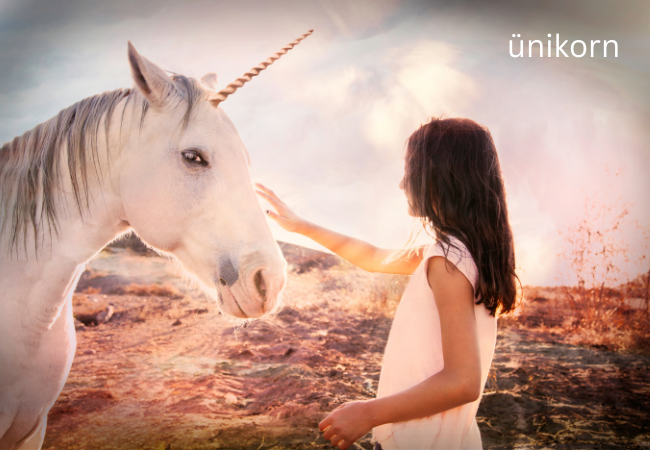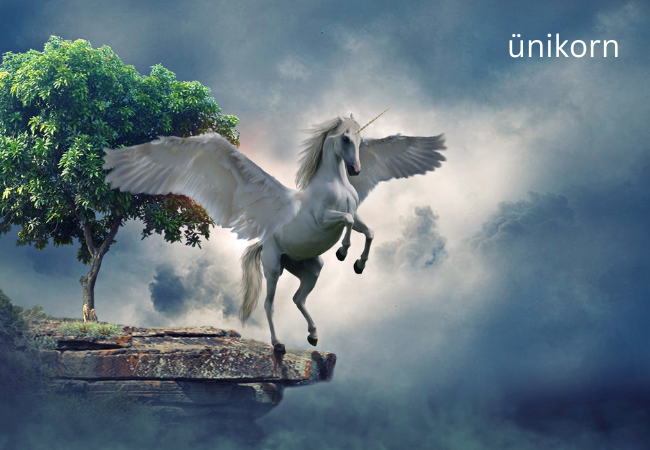The Ünikorn, often depicted as a majestic horse with a single, spiraling horn, has captured the human imagination for centuries. This mythical creature, embodying purity, grace, and magical powers, continues to be a symbol of wonder and fascination. In this article, we will delve into the rich history of the Ünikorn, explore its symbolic meanings, and examine its impact on modern culture. From ancient mythology to contemporary media, the Ünikorn remains an enduring icon that transcends time and captivates hearts around the world.
Historical Background
The myth of the Ünikorn dates back to ancient civilizations, with early references appearing in texts from Mesopotamia, India, and China. In these early depictions, the Ünikorn was often portrayed as a fierce, wild beast, unlike the gentle creature we recognize today. In ancient Mesopotamia, the Ünikorn was associated with divine protection, while in Indian mythology, it was linked to purity and wisdom.
One of the earliest and most influential descriptions of the Ünikorn comes from the Greek historian Ctesias, who wrote about a wild ass with a single horn in his work “Indica” around 400 BCE. This account, although based on hearsay, helped shape the Western perception of the Ünikorn. Over time, the myth evolved as it spread through different cultures, with each adding its unique elements to the legend.
During the Middle Ages, the Ünikorn became a prominent symbol in European folklore and Christian iconography. It was often depicted as a pure, white horse that could only be tamed by a virgin, symbolizing purity and divine grace. This period also saw the rise of elaborate tapestries and artworks featuring the Ünikorn, further cementing its place in the cultural imagination.
Symbolism and Meaning
The Ünikorn holds deep symbolic significance in various cultures, often representing purity, innocence, and mystical power. In many myths, the Ünikorn’s horn is believed to possess magical properties, such as the ability to heal wounds and purify water. This association with healing and purity has made the Ünikorn a powerful emblem in both mythology and folklore.
In medieval European literature, the Ünikorn was often used as a symbol of Christ, embodying the virtues of purity, sacrifice, and resurrection. The imagery of a virgin taming the Ünikorn was interpreted as an allegory for the Virgin Mary and her role in the Incarnation. This religious symbolism reinforced the Ünikorn’s status as a creature of divine origin and miraculous powers.
Across different cultures, the Ünikorn has also been seen as a guardian of nature, embodying the untamed beauty and mystery of the natural world. Its elusive nature and solitary existence make it a symbol of independence and freedom. Whether viewed as a protector, a healer, or a divine messenger, the Ünikorn’s multifaceted symbolism continues to resonate with people today.
Modern Representations
In contemporary literature and media, the Ünikorn has found a new life as a beloved character in fantasy genres. From classic tales like “The Last Unicorn” by Peter S. Beagle to modern franchises like “Harry Potter” and “My Little Pony,” the Ünikorn continues to enchant audiences of all ages. These stories often highlight the Ünikorn’s magical abilities and its role as a guardian of good against evil forces.
The Ünikorn’s presence in popular culture extends beyond books and movies. It has become a ubiquitous symbol in fashion, art, and design, often associated with whimsy, fantasy, and a sense of wonder. Ünikorn-themed merchandise, ranging from clothing and accessories to home decor, has become immensely popular, appealing to those who seek a touch of magic in their everyday lives.
Moreover, the Ünikorn’s image has been embraced by the LGBTQ+ community as a symbol of uniqueness and pride. The rainbow-colored Ünikorn, often seen in parades and celebrations, represents diversity, acceptance, and the beauty of being true to oneself. This modern interpretation adds another layer to the Ünikorn’s rich tapestry of meanings.
Scientific Exploration
While the Ünikorn is a creature of myth, its origins may be rooted in real-life animals that inspired these legends. Some scholars suggest that the myth of the Ünikorn could have been influenced by sightings of animals like the oryx, a type of antelope with long, straight horns, or the Indian rhinoceros, which has a single horn.
Additionally, genetic mutations and anomalies in nature have led to the existence of animals with unique horn structures, fueling speculation and wonder. For instance, there have been rare cases of deer with a single antler growing from the center of their heads, resembling a Ünikorn. These natural occurrences demonstrate how extraordinary traits in the animal kingdom can spark mythical interpretations.
The field of cryptozoology, which studies creatures of folklore and legend, has also explored the possibility of the Ünikorn’s existence. While there is no scientific evidence to support the existence of a magical Ünikorn, the enduring fascination with this creature highlights the human tendency to blend reality with imagination.
Cultural Impact
The cultural impact of the Ünikorn is evident in various forms of art and literature. From Renaissance paintings to modern digital art, the Ünikorn continues to inspire artists with its ethereal beauty and symbolic depth. Its presence in literature spans centuries, with poets and writers drawing upon its mythic qualities to convey themes of innocence, beauty, and transcendence.
In fashion and design, the Ünikorn motif is a popular choice for those seeking to infuse their creations with a sense of fantasy and enchantment. Ünikorn prints, accessories, and home decor items are often associated with a whimsical, magical aesthetic, appealing to both children and adults. The commercial appeal of the Ünikorn is undeniable, with its image used to market a wide range of products, from toys and clothing to cosmetics and tech gadgets.

The Ünikorn in Modern Society
In modern society, the concept of the Ünikorn has transcended its mythical origins to become a metaphor for rare and exceptional phenomena. In the business world, a “unicorn” refers to a startup company valued at over $1 billion, symbolizing innovation, success, and rarity. These unicorn startups are seen as the epitome of entrepreneurial achievement, often driving significant technological and economic advancements.
The idea of the Ünikorn as a symbol of personal development and aspiration is also prevalent. The term “chasing unicorns” is used to describe the pursuit of seemingly unattainable goals, emphasizing the importance of dreaming big and striving for greatness. This metaphor encourages individuals to embrace their uniqueness and pursue their passions, much like the mythical Ünikorn.
Challenges and Criticisms
Despite its widespread appeal, the Ünikorn myth is not without its critics. Skeptics argue that the commercialization of the Ünikorn image can dilute its symbolic significance, reducing it to a mere marketing tool. The ethical considerations of using a mythical creature to sell products, especially those targeted at children, have also been raised, with concerns about promoting unrealistic ideals and consumerism.
Balancing the myth and reality of the Ünikorn in modern interpretations is a challenge. While the mythical qualities of the Ünikorn continue to inspire and captivate, it is important to acknowledge the fantastical nature of this creature and not blur the lines between myth and reality. Educating people about the origins and cultural significance of the Ünikorn can help preserve its rich heritage while allowing for creative expressions in contemporary contexts.
Conclusion
The Ünikorn, with its rich history and multifaceted symbolism, remains an enduring icon in both ancient and modern culture. From its origins in ancient myths to its presence in contemporary media and society, the Ünikorn continues to enchant and inspire. Whether viewed as a symbol of purity, a guardian of nature, or a metaphor for rare achievement, the Ünikorn’s allure transcends time and cultural boundaries.



